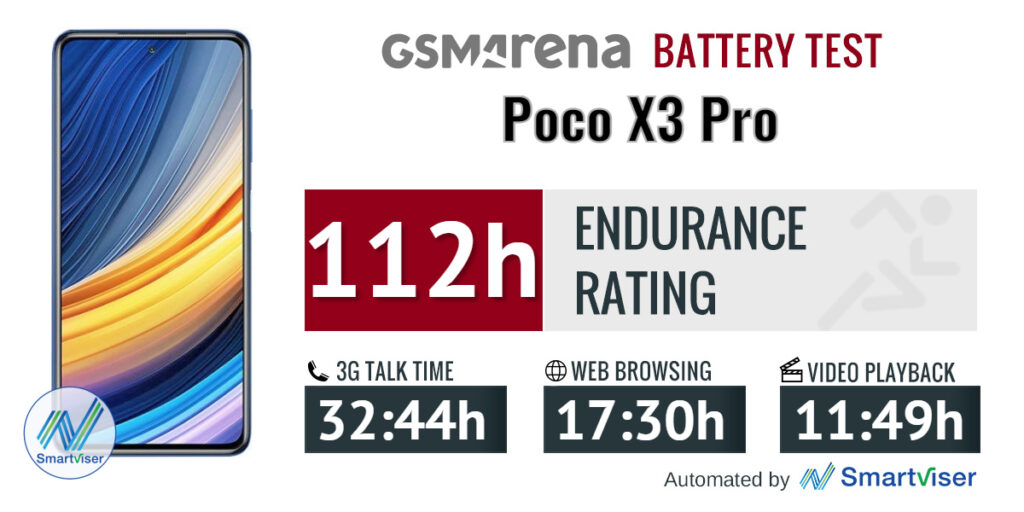Doing E-Commerce SEO The Right Way
E-Commerce SEO is an essential part of online marketing. If you want to rank well on Google, you need to make sure your site contains the right keywords and content. The good thing is, many web design agencies can help you. You can check online resources for more information about this.
This article will show you how to do E-Commerce SEO so that people can find your products when they search for them online!
E-Commerce And SEO
While an SEO strategy's ultimate aim is to maximize exposure, it takes on a different form of e-commerce. To understand this, one should know first the definition of e-commerce and SEO.
E-commerce (electronic commerce) uses electronic devices and the Internet to conduct business, make purchases, advertise or sell products.
On the other hand, SEO is improving rankings in SERPS (Search Engine Result Pages) by encouraging valuable traffic to a website.
Thus, E-Commerce SEO is the process of influencing Google's ranking algorithm to rank your e-commerce higher for specific keywords. According to search engine algorithms, the aim is to maximize exposure while balancing valuable content and product promotion. This is done via keyword research to allow web pages with appropriate keywords to have higher rankings on SERPs.
Basics of E-Commerce SEO
Now that you've explored all of the fundamentals, you're able to delve further into the proper approach to e-commerce SEO.
1. Optimize Everything
The first step is to optimize your e-commerce site to increase its visibility, which can be done in various ways. One can add meta tags, content, and alt text for images. You may also use the right keywords and include relevant links throughout your website for better search engine rankings.
2. Use The Right Keywords
With the number of people conducting searches on the internet, it's essential to use keywords to produce results for your site. You should choose words people are likely to type in a search engine bar and any other relevant terms that may be appropriate. Remember not to go overboard with this – you want high rankings without sacrificing quality content or usability of the website itself.
For e-commerce SEO, long-tailed keywords are a good idea. It's hard to rank for a one-word phrase, but having a wider variety of keywords produces better results. You'll have a broader competition for these, but the payoff will be worth it.
Thus instead of using the description ‘kids puzzle,' why not use “wooden kids puzzle” instead? It can get you ranked for all the right reasons.
Another critical consideration for E-commerce SEO is navigability.
Fewer clicks = more conversions, right? The key to this has concise and straightforward navigation that allows potential customers to find what they're looking for as quickly as possible – without being too distracting or confusing in the process. It's a delicate balance, but one you'll get better at with each page redesign.
Bottomline
E-commerce SEO might look like your regular SEO, but they're actually quite different. Make sure you're not optimizing for the wrong thing!
The goal of E-commerce SEO is to make your website optimized and navigable so that customers will stick around and convert more often than they would otherwise.








